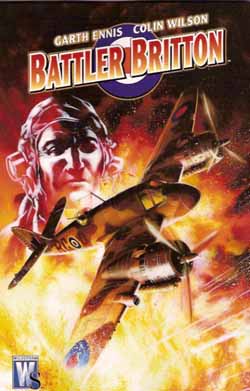
By Garth Ennis & Colin Wilson (WildStorm)
ISBN 1-84576-560-5
Garth Ennis is the best writer of war comic books in America today. In fact, if you disregard the marvellous Commando Picture Library series published by DC Thomson (which you shouldn’t – but no one admits to reading them in my circle), he may well be the only creator working in the genre in the entire English Language.
His credentials are well established now and Colin Wilson has long been lauded for his superb illustration, so it’s no surprise that this re-visitation with one of British comics’ most gallant warriors is an absolute delight.
North Africa, October 1942: The dark days before Montgomery’s big push against the seemingly invincible Afrika Korps. Wing Commander Robert “Battler†Britton and his Flight are sent to train an inexperienced group of American pilots hidden behind German lines as a harrying force.
Tensions between smug Brits and pushy Yanks are high and at first it’s doubtful whether the allies or the enemy pose the biggest threat, but in tried-and-true tradition a growing mutual respect eventually leads to successful outcomes.
In spirit ‘Bloody Good Show’ is one of Ennis’ most faithfully traditional war strips. His love and reverence to the source material – which ran in various British weeklies from 1956 to 1967 – is obvious and there’s less of the writer’s signature gallows humour on view than you’d expect, but don’t think that this is watered down in any way. The dark, ironic madness of battle and disgust with the officialdom that instigates it without getting personally involved is present and potent. Idiots and worse make wars and then send decent people to fight and die in them.
This is a rare thing, here, a reworking of a nostalgia icon that will appeal to the greater part of audiences contemporary and ancient. That it’s a ripping good yarn also means that anybody could read and enjoy it. So you should.
Compilation © 2006, 2007 DC Comics and IPC Media Limited. All Rights Reserved.
Battler Britton and all characters used are ™ & © IPC Media Limited & DC Comics.

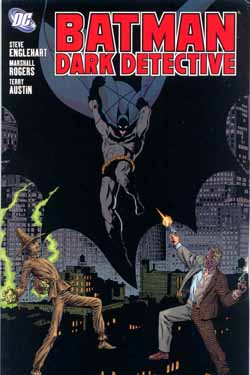 Â
 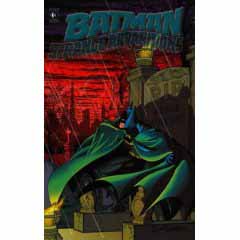 Â
  Â
 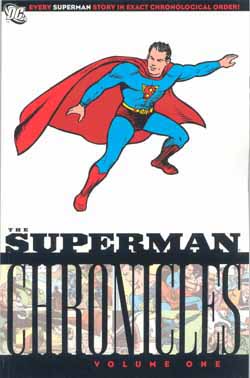 Â
 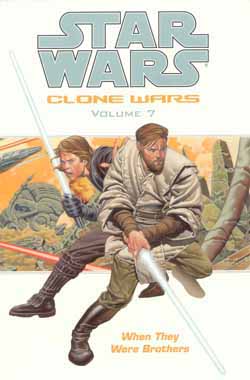 Â
 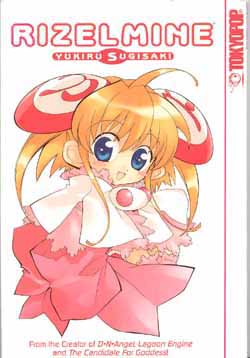 Â
 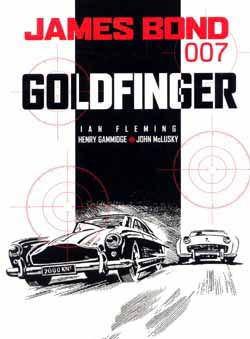 Â
 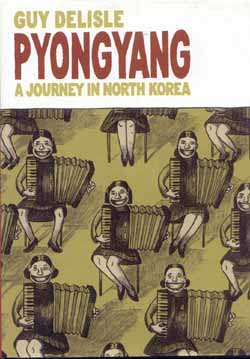 Â
 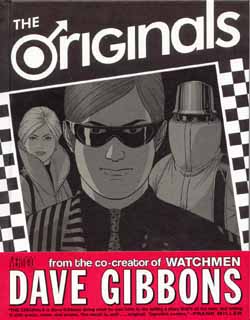 Â
Â